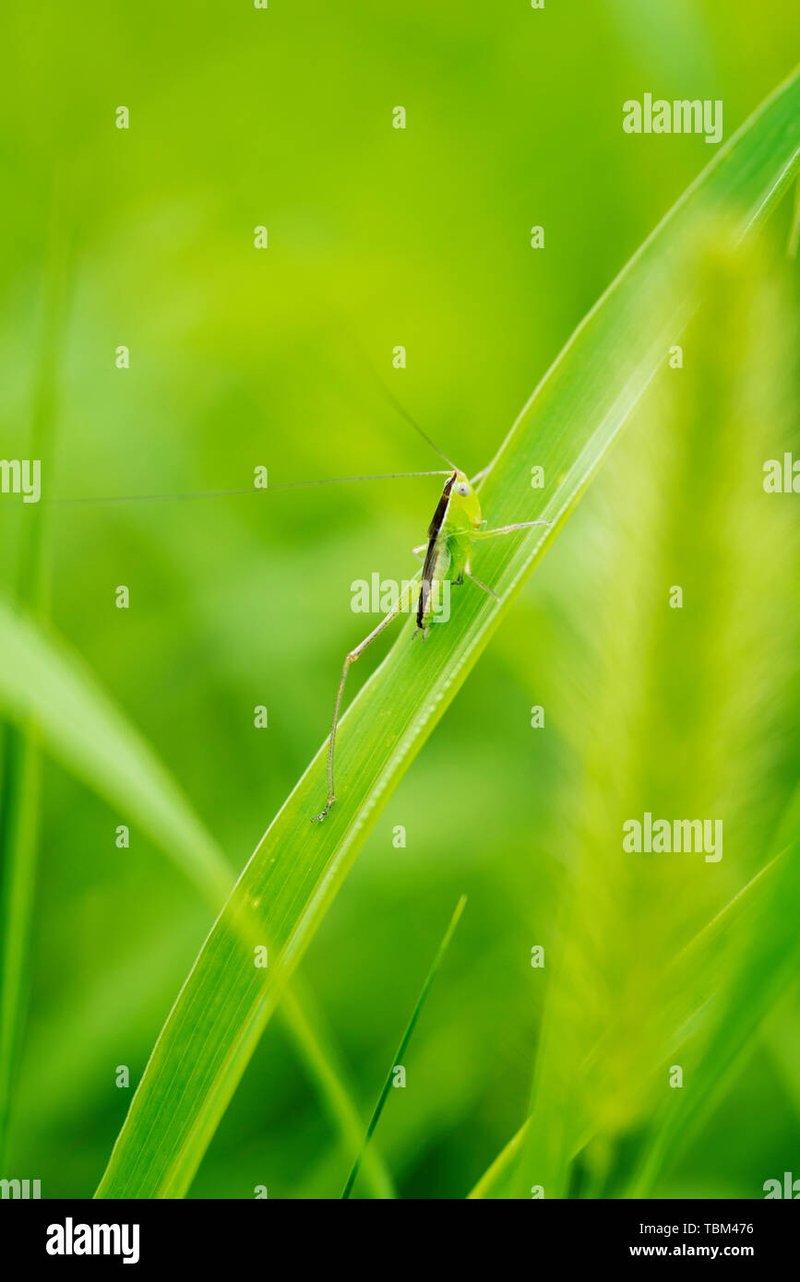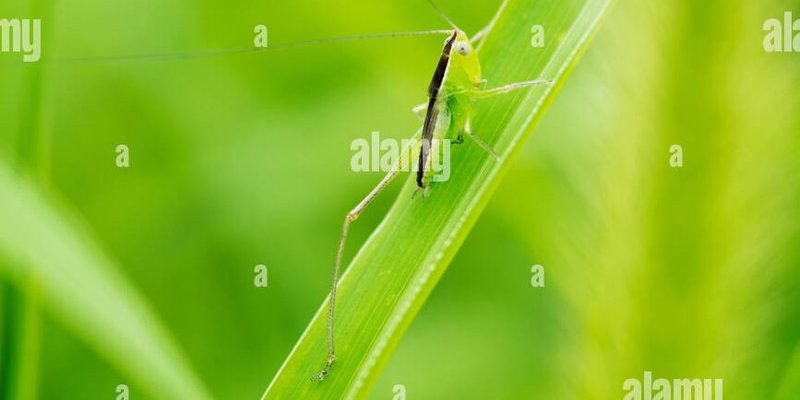
These little guys are fascinating not just because they serve as food for various animals but also because they contribute to nutrient cycling and soil health. Understanding their ecological importance can give us insights into how we can better care for our environments—whether we’re managing a garden, an aquarium, or even just the soil in our backyard. So, let’s dive deeper into the world of microworms and explore why they’re so crucial to our ecosystems.
What Are Microworms?
Microworms are tiny, free-living nematodes, often measuring less than half a millimeter long. They’re so small you might miss them if you weren’t looking closely! In the natural world, they can be found in various environments, including soil, compost, and even freshwater habitats. Generally, they thrive in moist conditions, where they feed on organic material, bacteria, and fungi.
You might be surprised to learn that microworms reproduce quickly. A single female can produce hundreds of offspring in just a few days! This rapid reproduction helps maintain their populations, making them an excellent food source for small fish, amphibians, and even invertebrates. Their life cycle is straightforward, consisting of egg, juvenile, and adult stages, which allows them to adapt easily to changing environments.
In addition to being food for other creatures, microworms are also significant players in soil ecosystems. They help break down organic matter, enriching the soil with nutrients. By doing so, they contribute to healthier plant growth, making them essential for both natural ecosystems and agricultural practices.
The Role of Microworms in Soil Health
So, how exactly do microworms contribute to soil health? One key factor is their role in nutrient cycling. When they feed on decaying organic material, they break it down into simpler forms that plants can absorb. This process is crucial because it helps maintain soil fertility.
Here’s the thing: healthy soil isn’t just about having the right minerals; it’s also about biodiversity. By interacting with bacteria and fungi, microworms help create a balanced ecosystem. This biodiversity supports complex food webs, which means healthier plants and, in turn, healthier animals and humans.
Furthermore, microworms can improve soil structure. As they burrow through the soil, they create small channels that enhance aeration and water retention. This means that plants can access both air and water more efficiently, leading to better growth. If you’ve ever struggled with compacted soil, introducing microworms can help alleviate some of those issues.
Microworms in Aquaculture and Pet Care
Now that we know about the ecological side, you might be wondering how microworms fit into our lives, especially in aquaculture and pet care. If you’re an aquarium enthusiast, you’ve likely heard of microworms as a popular live food choice. They’re particularly great for fry, the young fish that need small, nutritious bites as they grow.
Using microworms in aquaculture offers several benefits. They’re easy to culture at home, require minimal space, and are packed with essential nutrients. Plus, they can help promote healthier growth rates in fish. For instance, many breeders of delicate fish species, like bettas or guppies, rely on microworms because these tiny worms are just the right size for fry to munch on without overwhelming them.
In pet care, microworms are also beneficial for reptiles and amphibians that enjoy a live food diet. Feeding microworms to your pets can simulate their natural hunting behaviors, making mealtime quite the adventure. Just imagine your pet actively foraging for those wriggly snacks!
Contributions to Composting Practices
If you’re into composting, microworms can be your best friends. These little worms excel in breaking down food waste and other organic materials, speeding up the decomposition process. When you add microworms to your compost pile, they help create nutrient-rich compost, which can enhance the quality of your garden soil.
Imagine using your compost to grow vibrant vegetables or beautiful flowers. By fostering a healthy microbial environment with the help of microworms, you’re not just reducing waste; you’re contributing to sustainable gardening practices. Plus, it’s a fantastic way to close the loop on food waste, turning scraps into something beneficial.
However, it’s essential to maintain the right conditions for microworms in your compost. They thrive in moist, aerobic environments. So, if you notice your compost pile is too dry or compacted, you might want to add some water or aerate it. This will give the microworms a better chance to thrive and do their magic.
Microworms and Environmental Education
Microworms also play a significant role in environmental education, offering a hands-on way for students and enthusiasts to learn about ecosystems. By observing these tiny creatures in a controlled environment, people can better understand the interconnections between soil organisms, plants, and the larger ecosystem.
In schools or community programs, using microworms can engage learners in discussions about biodiversity, environmental stewardship, and sustainable practices. For instance, setting up a small microworm culture can lead to fascinating observations about life cycles and ecological roles. It makes science tangible and exciting!
Moreover, these tiny organisms can help raise awareness about the importance of the microscopic world. It’s easy to overlook what we can’t see, but by shining a light on microworms, we can inspire a greater appreciation for all creatures, no matter their size.
Challenges and Conservation Efforts
Despite their ecological importance, microworms face challenges, particularly due to habitat destruction and pollution. Environmental changes can disrupt their populations, leading to imbalances in ecosystems that depend on them. This is a reminder that preserving natural habitats is crucial for maintaining these tiny yet essential species.
You might be wondering how we can contribute to their conservation. One effective way is to support sustainable agricultural practices that minimize chemical use. Pesticides can significantly harm microworm populations, so choosing organic or less harmful options can help protect them.
Also, engaging with local conservation efforts can raise awareness about the significance of all creatures, including microworms. By advocating for cleaner environments and sustainable practices, we can ensure that these microscopic heroes continue to thrive for generations to come.
Microworms may be tiny, but their impact on our ecosystems is vast. From enriching soil health to serving as a crucial food source for many animals, they’re integral to a balanced environment. They offer benefits not just in nature but also in our homes, whether through aquaculture, composting, or education.
So next time you spot a microworm, remember it’s more than just a squiggly little creature. It’s a vital player in a much larger game—one that keeps our ecosystems thriving and our environments healthy. Embracing the role of microworms can help us all contribute to a more sustainable future. That’s something worth celebrating!

